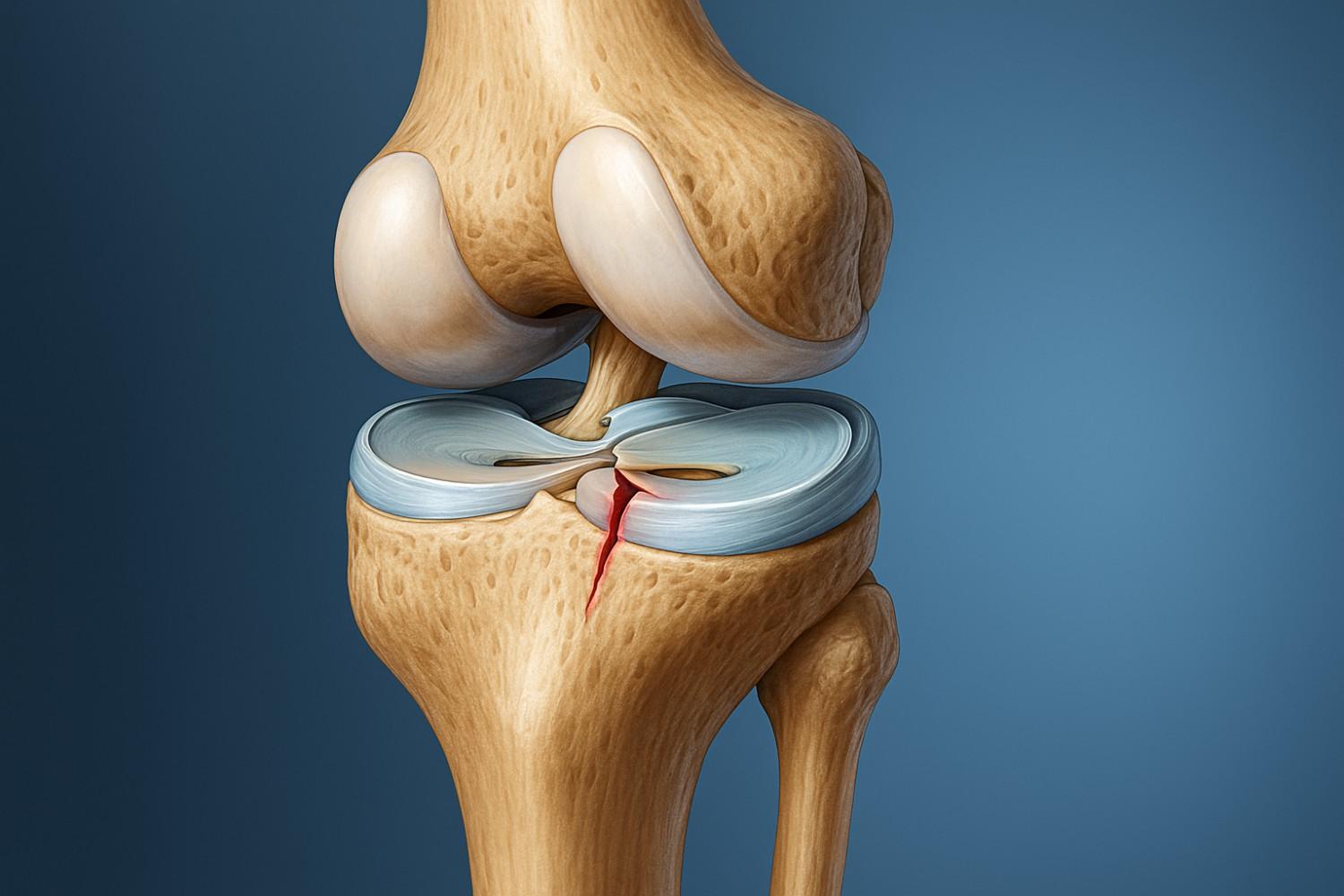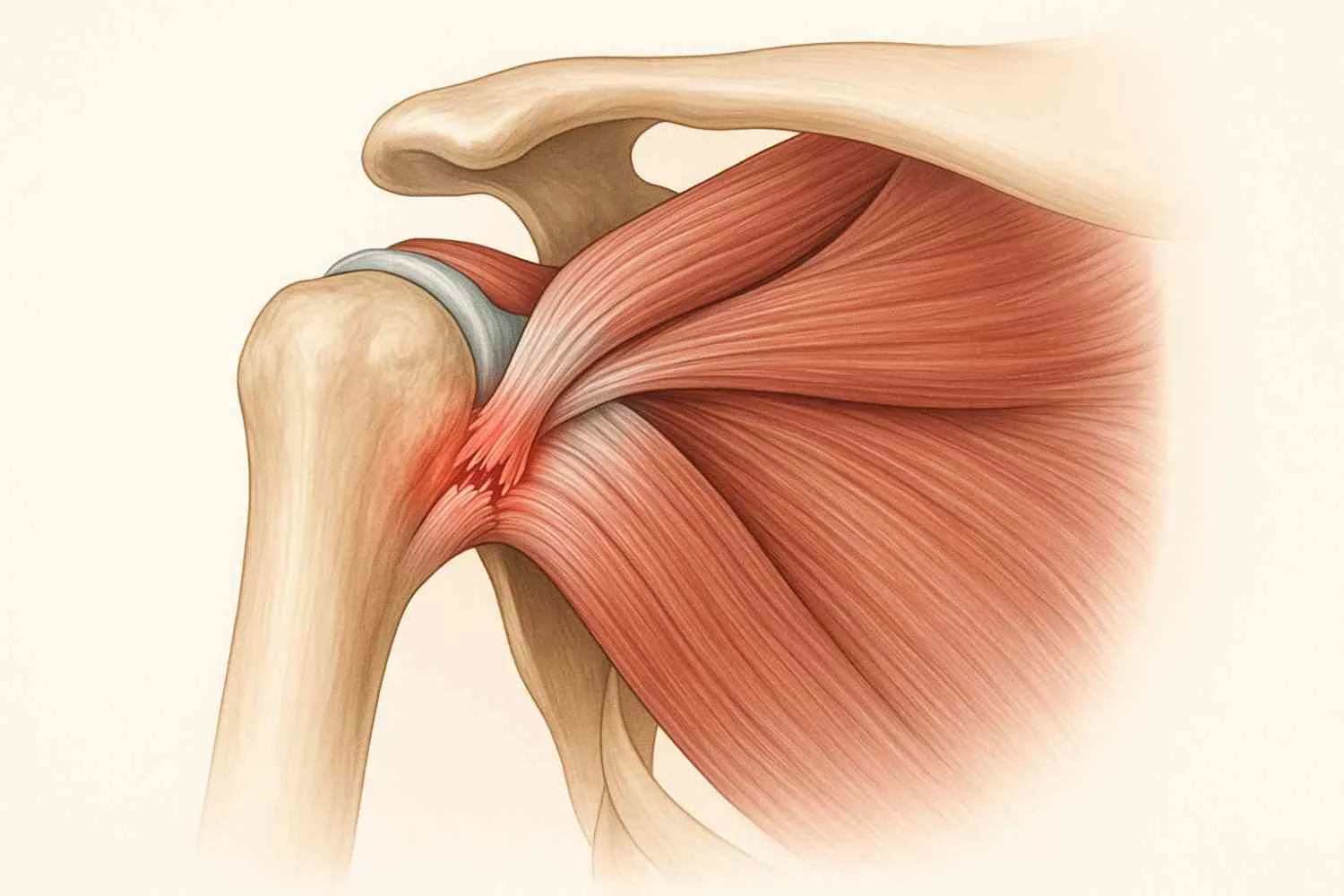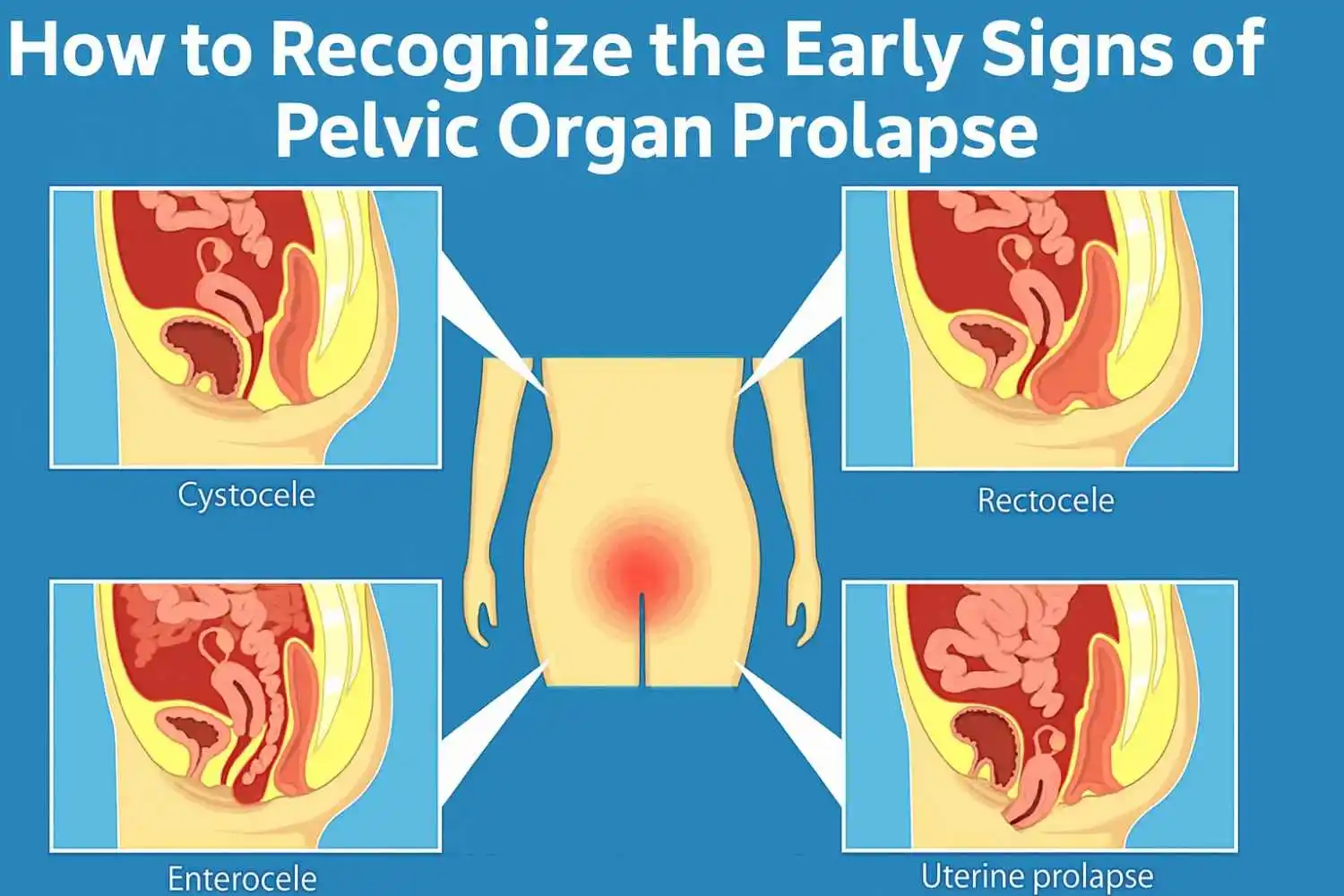




Author: Dr. Garima Biswas
Yoga 0
Natural delivery not only helps the body to deliver but also provides a setting for a more conscious, linked experience for mother and child. Many women can have a successful natural delivery with enough preparation—physical and psychological as well. Focussing on pregnant yoga, pre-pregnancy sessions, and women's health, this blog will investigate 10 basic tactics and ideas to assist women in preparing for and attaining a natural childbirth.
1. Start with Pre-Pregnancy Sessions
Long before pregnancy, one starts to prepare for a healthy delivery. Pre-pregnancy sessions—which include exercise, food guidance, and mental preparation—can help women greatly improve their general health and raise their chances of a natural, easy birth. Usually, these sessions comprise:
· Nutrition counseling: Eating a balanced diet high in nutrients that promote reproductive health will help conception and provide conditions for a healthy pregnancy.
· Exercise: Before pregnancy, developing an exercise schedule enhances physical stamina, flexibility, and endurance—all of which are vital for labour.
· Mental health preparation: Mindfulness and relaxation strategies enable women to control their stress and anxiety related to pregnancy and delivery.
Pre-pregnancy sessions provide a head start, orienting your body and psyche towards a healthy pregnancy and birth.
2. Adopt Pregnancy Yoga Early
Among the most effective strategies for getting your body and mind ready for natural delivery is yoga. Yoga works on mental and physical strength as well as on flexibility and stress reduction. It's safe and efficient all during pregnancy as it's mild and especially meant for expecting ladies.
Benefits of Pregnancy Yoga include:
· Increased flexibility: Yoga tones and stretches muscles, therefore helping your body to adjust to the changes throughout pregnancy and be ready for labour.
· Improved posture: Good posture becomes crucial to prevent back stiffness and pain when the center of gravity of the body changes during pregnancy. Yoga lessens spine tension and helps to keep alignment.
· Mental clarity: The breathing exercises and mindfulness techniques used in Pregnancy Yoga help the mind to be peaceful, therefore facilitating the staying present and connected throughout labour.
Attending pregnancy yoga classes regularly helps build stamina, focus, and the physical conditioning required for childbirth.
3. Practice Breathing Techniques
Good breathing is absolutely fundamental in a natural birth. Good breathing methods assist control discomfort, increase the oxygen flow to the mother and the baby, and encourage calm. Many proponents of natural delivery stress the need to learn deep, regular breathing for labour's preparation.
Breathing Techniques to Consider:
· Ujjayi Breathing (or Ocean Breathing): In ujjayi breathing—also known as ocean breathing—you inhale deeply through the nose and then exhale gently with a minor tightness in the throat. It helps preserve attention throughout labour and cools the neurological system.
· Visualization Breathing: As you inhale, see energy entering your body; as you exhale, see releasing stress. This helps you to relax not just physically but also encourages a good mental attitude throughout labour.
You can practice these techniques during pregnancy yoga sessions or other prenatal classes.
4. Stay Active Throughout Your Pregnancy
Although yoga provides a complete approach to pregnancy-related fitness, keeping generally active can help your labour experience tremendously. Frequent exercise boosts general well-being, improves circulation, and helps to strengthen stamina. Active women during pregnancy can report shorter and less difficult labour.
Consider adding light cardio such as walking, swimming, or cycling to your routine, along with prenatal fitness classes. Always consult with your healthcare provider to ensure your exercise plan is safe and appropriate for your stage of pregnancy.
5. Attend During Pregnancy Sessions
During pregnancy sessions or classes are specifically designed to support a woman’s health and preparation for childbirth. These sessions often include education on labor and delivery, pain management techniques, and emotional support to help expectant mothers feel more prepared and confident.
· Prenatal Classes: Find out your rights in making wise decisions about your delivery and how you would like a natural birth communicated.
· Birth Plan Workshops: Attending these during-pregnancy seminars can help you lower any anxiety and feel more informed and empowered about the options accessible during birthing.
Attending these during-pregnancy sessions will help you become more educated and empowered about the choices available during childbirth, and also reduce any anxieties.
6. Create a Supportive Birth Plan
Having a thorough birth plan will enable you to remain committed to your aim of a natural delivery. Although flexibility is important—things might not go precisely as expected—the process of developing a birth plan helps women consider their preferences for the environment, pain management, and birthing positions.
· Pain Management: Consider non-medical options such as breathing exercises, massage, hydrotherapy, and movement.
· Environment: Think about who you want in the delivery room, the lighting, and whether you'd prefer to have music or other calming elements present.
· Positions: Research different birthing positions and be open to changing positions during labor to aid in progression and comfort.
A clear, well-communicated birth plan ensures that your healthcare team understands your preferences and supports your goal for a natural delivery.
7. Focus on Nutrition and Hydration
Your energy level, the growth of your kid, and your labour experience all depend much on what you eat and drink throughout pregnancy. A healthy, nutrient-dense diet boosts your body's readiness for labour, and keeping hydrated helps ward off delivery-related tiredness.
· Nutrients to Focus On: Include lean proteins, healthy fats, plenty of fruits and vegetables, and whole grains in your diet. Iron, calcium, folate, and omega-3 fatty acids are particularly important during pregnancy.
· Stay Hydrated: Drink plenty of water throughout your pregnancy to support your energy levels, reduce swelling, and promote circulation.
8. Learn About Optimal Fetal Positioning
The ease of delivery of your kid in the womb is significantly influenced by its location there. Shorter and less uncomfortable labour usually follows from a baby positioned head-down with the back of their head against your tummy (anterior position).
Through several activities, including pelvic tilts, squats, and hand and knee work (cat-cow posture in yoga), you can promote ideal foetal placement. You may guide in these motions using your pregnant yoga teacher or doula.
9. Incorporate Relaxation Techniques
Managing the mental and emotional aspects of labor is just as important as physical preparation. Relaxation techniques such as meditation, visualization, and progressive muscle relaxation can make a big difference in how you cope with labor pain.
Consider incorporating these techniques into your pregnancy yoga or meditation practice, or work with a therapist trained in relaxation techniques for childbirth.
10. Seek Support from a Doula or Midwife
Your natural birthing experience may be very different depending on whether a professional support person—such as a doula or midwife—is present throughout your birth. Doulas advocate for your birth wishes and offer both emotional and physical assistance to help you negotiate labour. Conversely, midwives are medical experts who focus in natural deliveries and may offer greater medical assistance should needed.
Conclusion
A healthy natural childbirth is a realistic goal for many women, provided they take the time to prepare both physically and mentally. By integrating pregnancy yoga, attending pre-pregnancy and during-pregnancy sessions, focusing on women's health, and surrounding yourself with a supportive birth team, you can significantly improve your chances of achieving the natural birth experience you desire. Every woman's body is different, but these strategies will help you work in harmony with your body’s natural ability to give birth, making the experience as empowering and healthy as possible.
Add comment



























.webp)





.jpg)






































